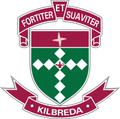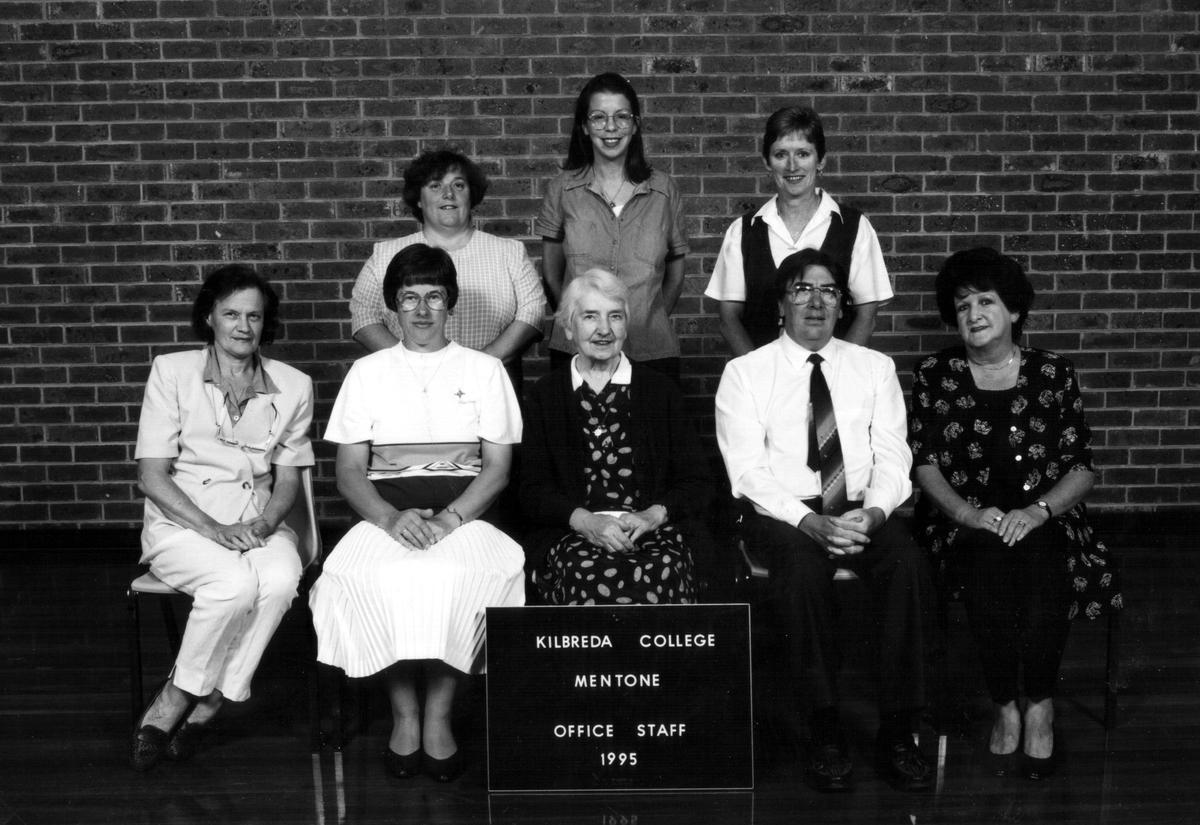Archives

While much has been said of this strange situation in which we find ourselves, our families, our school and our world, this is not the first time school life at our College and other schools, has been disrupted due to an epidemic.
Early in our history, following World War One, the Spanish Flu was brought to our shores by returning soldiers. Our school and many others sopened for classes a month later than usual for the 1919 school year in an attempt to control its spread, much like the current state of affairs. “A Presbyterian clergyman from Whittlesea expressed concern about the unhealthy practice of kissing. He confessed that when he saw people indulging in promiscuous kissing it produced in him a feeling almost akin to nausea, and he felt, for the welfare of the community, that the practice should be rigorously suppressed.”1
“Of great concern in all Melbourne schools was the Poliomyelitis Epidemic which struck in the spring of 1937 closing schools for six weeks during which boarders were sent home. Mother Margaret Mary recorded that in spite of this disruption ‘the College functions were carried through successfully and, by the goodness of God, no harm came to us’”. 2
In 1942, our boarding school felt the effects of a Mumps Epidemic with past pupil and acclaimed artist, Joyce McGrath OAM (now 90), pictured in bed in the dormitory at the time.
in 1943, St Bede’s College did not fare so well with the Typhoid Fever outbreak , which lasted most of that year. I was always led to believe that the origin of the outbreak was a dairy in Jellicoe Street, Cheltenham, only fifty metres or so from where I grew up. The suburb was rocked with hundreds of local people infected and “many deaths and a wholesale panic among local residents. Mentone had cases, too; St Bede’s mourning the deaths of Frank Loel, a 14 year old student, and a recent old collegian, Bob Neylan, who had been the school’s best athlete till then. 3 People blamed many unhygienic practices until the origin of the fever, contaminated milk from the dairy, was discovered. “The delivery of milk at that time often involved the milkman filling a billy left at the front of the house each night.“4 My own mother Beverley, whilst a student at Kilbreda, and her brother Peter (grandfather of Jemma Law, Class of 2018 and staff member in 2019) spent many weeks in Fairfield Infectious Diseases Hospital from March to May 1943, when they were struck with Typhoid Fever.
Notes
1: Dr Graham Whitehead https://localhistory.kingston.vic.gov.au/articles/214
2: Margaret Underwood - "A View from the Tower"
3 and 4: Leo Gamble - "Mentone Through the Years"
We Pray For...
Last Thursday afternoon I watched the online funeral of Victoria’s youngest victim of COVID-19 so far, Mr Sumith Premachandra. He was a larger than life character whose daughters Gillain and Sharyn were students of mine here at Kilbreda, finishing in 2010 and 2009 respectively.
I also acknowledge the recent death of a former colleague of many of our staff, Mrs Kate Munro, who died recently. Kate worked in the office from 1987 until her retirement in 2010. She lived locally in Cheltenham and was often met in Mentone Parade in the years since her departure. Kate is pictured in the front row, far right.
We pray that our loving God hold them gently in the palm of His hand.
Damian Smith
Archives
Notes - 1: Dr Graham Whitehead https://localhistory.kingston.vic.gov.au/articles/214
2: Margaret Underwood - "A View from the Tower"
3 and 4: Leo Gamble - "Mentone Through the Years"
Image Credit - Mr Sumith Premachandra - dailymail.co.uk


